
Advertorials | Jul 14,2025
Sep 10 , 2023
By Koichi Hamada
The earlier forecasts of a global recession were slightly misplaced. Rather than creating an imbalance, COVID-19 introduced a disconnect between supply and demand, marking a divergence from traditional economic patterns, writes Koichi Hamada, professor emeritus at Yale University and a special adviser to former Japanese Prime Minister Abe Shinzo, in this commentary provided by Project Syndicate (PS).
Earlier this year, predictions were rampant that a recession would soon grip the global economy. But, more than halfway through 2023, China is the only major economy that appears to be at significant risk of a prolonged slump. Stock markets are soaring in New York, London, and across Europe. In Tokyo, the Nikkei hit a 33-year high in June. While some economies are struggling, a global recession now appears highly unlikely.
An economic downturn can have many causes.
For example, excessive consumer and investor confidence or very high levels of public spending can drive up aggregate demand to the point that inflation begins to rise, forcing policymakers, especially central banks, to intervene to cool an overheating economy. If they overdo it – say, by raising interest rates, and thus borrowing costs, too aggressively – they can push the economy into recession.
A recession can also arise from the supply side. When a particular sector or the economy as a whole is booming, suppliers ramp up production. But if demand begins to fall, supply can build up, hampering and halting growth.
Neither of these factors is in play today. Though the US Federal Reserve and the European Central Bank have been pursuing monetary tightening, demand has not collapsed, and supply is not piling up. Instead, recent recession forecasts were derived mainly from statistical analyses of past data – analyses that did not adequately account for the impact and legacy of the COVID-19 pandemic.
Under normal circumstances, the aggregate supply and aggregate demand intersection determines the equilibrium price and traded volume, which can be interpreted as the aggregate output. Demand inflation is triggered by the rightward movement of the demand curve, and the upward movement of the supply curve brings about cost-push inflation.
But the movement of aggregate supply and demand curves fails to capture a key feature of the pandemic: trade was highly desirable, on both the supply and demand sides, but less safe. People wanted to dine out, and restaurants wanted to serve them. But neither could do so – at least not to the same extent as usual – because of pandemic risks and restrictions. The same goes for countless other activities and industries, from travel to in-person meetings with business partners and service providers.
The pandemic did not create an imbalance between supply and demand so much as a disconnect, which forced buyers and sellers to incur extra costs, from wearing masks to moving dining tables farther apart, to make their exchanges possible. These barriers meant that actual output was no longer determined only by the intersection between the demand and supply curves; the size of the trade hurdles also mattered. The higher the barriers, the greater the distance between the demand and supply curves, and the bigger the decline in output.
This drop in output triggered powerful policy responses.
In the United States, for example, President Donald Trump's Administration launched a massive stimulus package, augmented by his successor, Joe Biden, to boost demand – that is, shift the demand curve rightward. The trade hurdles were still there, but the adjusted position of the demand curve meant that they no longer dragged output far below normal, or pre-pandemic, levels. Indeed, thanks to "Bidenomics", US output returned approximately to its original equilibrium point.
The "wedge" created by trade hurdles was eliminated when pandemic restrictions were lifted. But the demand curve remained in its adjusted position. The supply and demand curves thus intersected at a higher equilibrium point, implying more output and – crucially – higher price levels. The Fed's tightening has aimed to counteract these effects, pushing the demand curve closer to its original position.
While the Fed's monetary tightening does increase the risk of a growth slowdown, or even a recession, in the US, recent economic indicators – not least strong employment figures – suggest that a soft landing is perfectly feasible. Both the Biden administration's demand-boosting policies and the Fed's inflation-cooling interventions were entirely appropriate.
Perhaps more importantly, by strengthening the US dollar, higher US interest rates stimulate other economies' exports. This makes the kind of global recession that many predicted even less likely.
PUBLISHED ON
Sep 10,2023 [ VOL
24 , NO
1219]


Advertorials | Jul 14,2025

Fortune News | Sep 09,2024
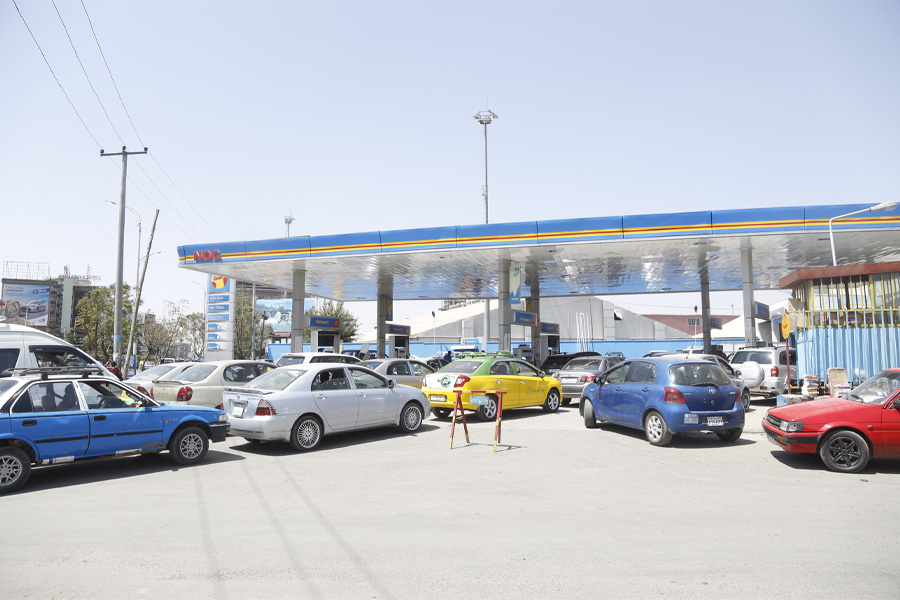
Fortune News | Nov 24,2024

Radar | Jul 28,2024

Radar | Nov 09,2019
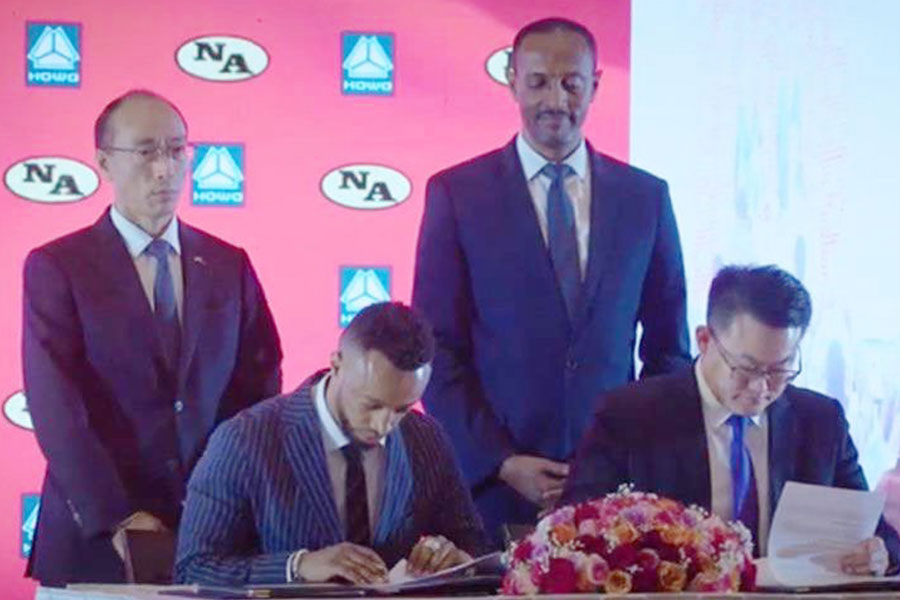
Advertorials | Feb 12,2024

Fortune News | Jan 02,2021

Life Matters | Aug 18,2024

Radar | Mar 02,2024

Radar | Feb 03,2024

Photo Gallery | 178373 Views | May 06,2019

Photo Gallery | 168573 Views | Apr 26,2019

Photo Gallery | 159366 Views | Oct 06,2021

My Opinion | 137069 Views | Aug 14,2021
Commentaries | Oct 25,2025

Dec 22 , 2024 . By TIZITA SHEWAFERAW
Charged with transforming colossal state-owned enterprises into modern and competitiv...

Aug 18 , 2024 . By AKSAH ITALO
Although predictable Yonas Zerihun's job in the ride-hailing service is not immune to...

Jul 28 , 2024 . By TIZITA SHEWAFERAW
Unhabitual, perhaps too many, Samuel Gebreyohannes, 38, used to occasionally enjoy a couple of beers at breakfast. However, he recently swit...

Jul 13 , 2024 . By AKSAH ITALO
Investors who rely on tractors, trucks, and field vehicles for commuting, transporting commodities, and f...

Oct 25 , 2025
The regulatory machinery is on overdrive. In only two years, no fewer than 35 new pro...

Oct 18 , 2025
The political establishment, notably the ruling party and its top brass, has become p...
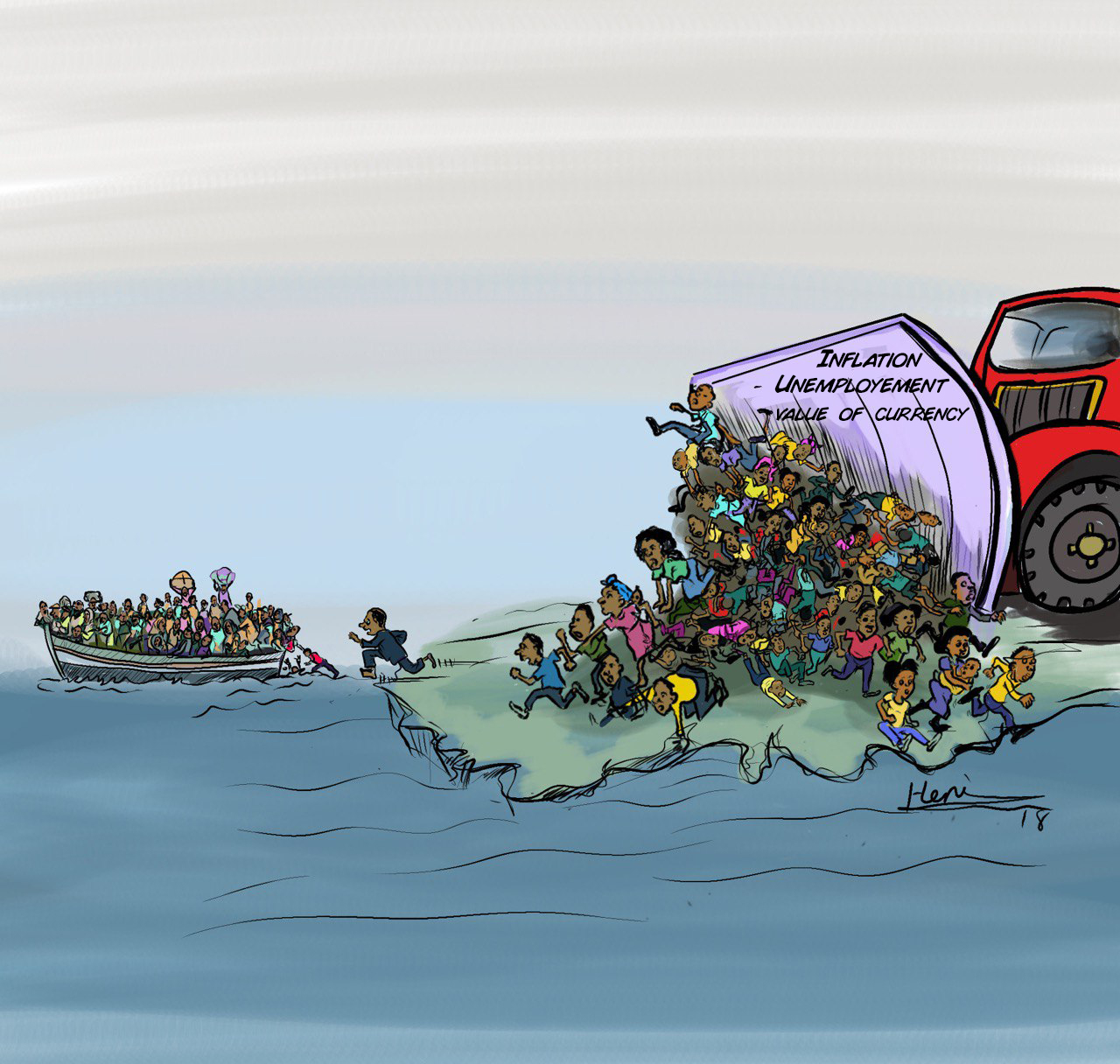
Oct 11 , 2025
Ladislas Farago, a roving Associated Press (AP) correspondent, arrived in Ethiopia in...
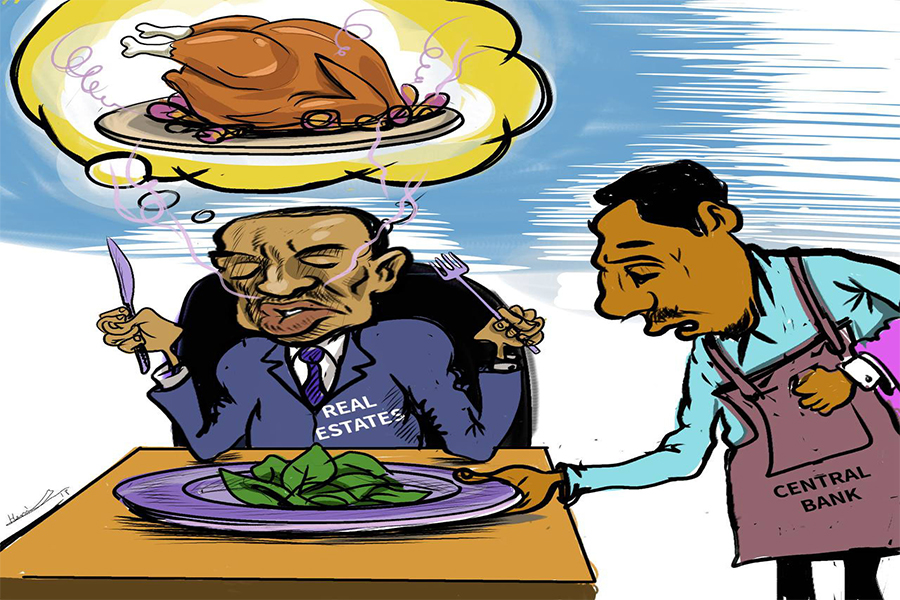
Oct 4 , 2025
Eyob Tekalegn (PhD) had been in the Governor's chair for only weeks when, on Septembe...
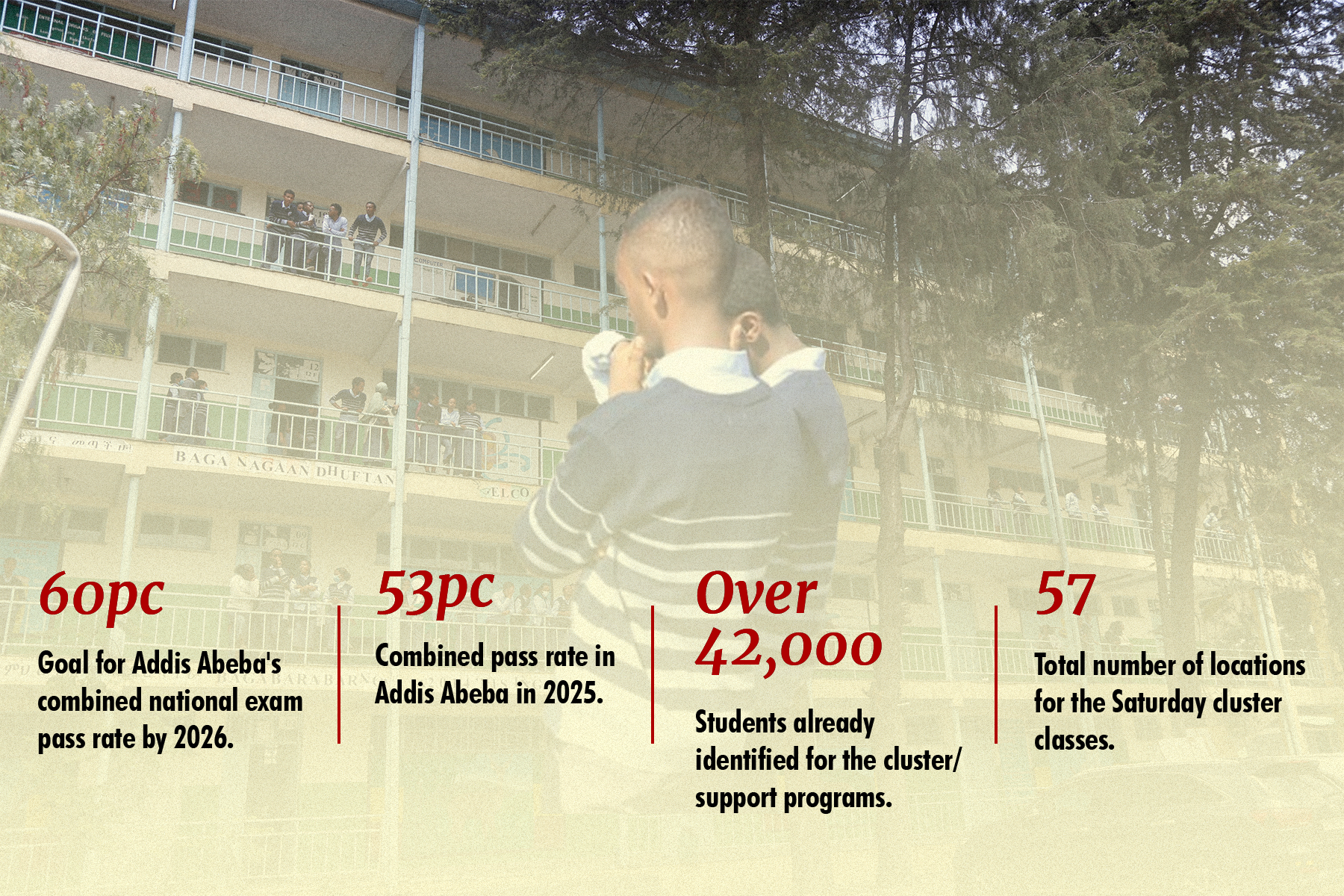
Oct 25 , 2025 . By YITBAREK GETACHEW
Officials of the Addis Abeba's Education Bureau have embarked on an ambitious experim...
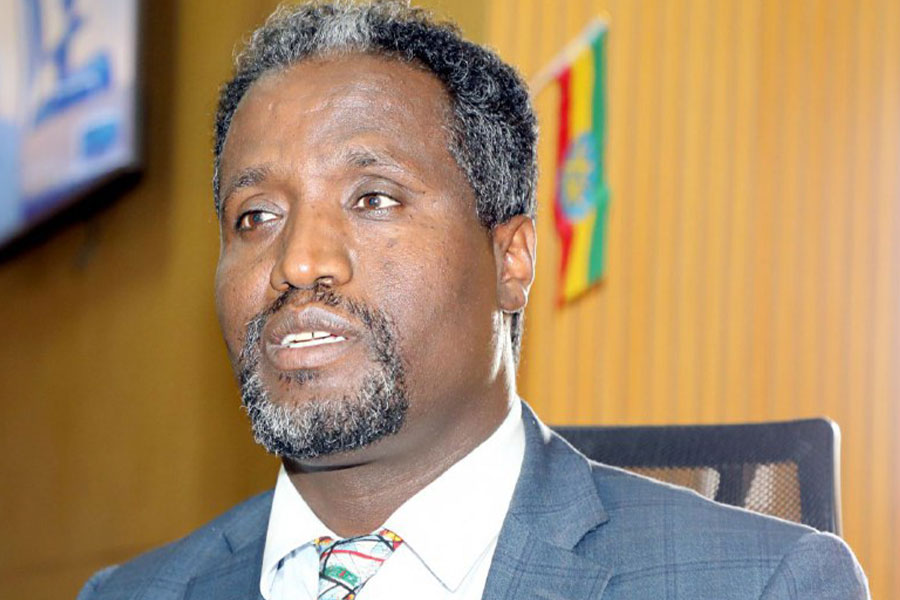
Oct 26 , 2025 . By YITBAREK GETACHEW
The federal government is making a landmark shift in its investment incentive regime...
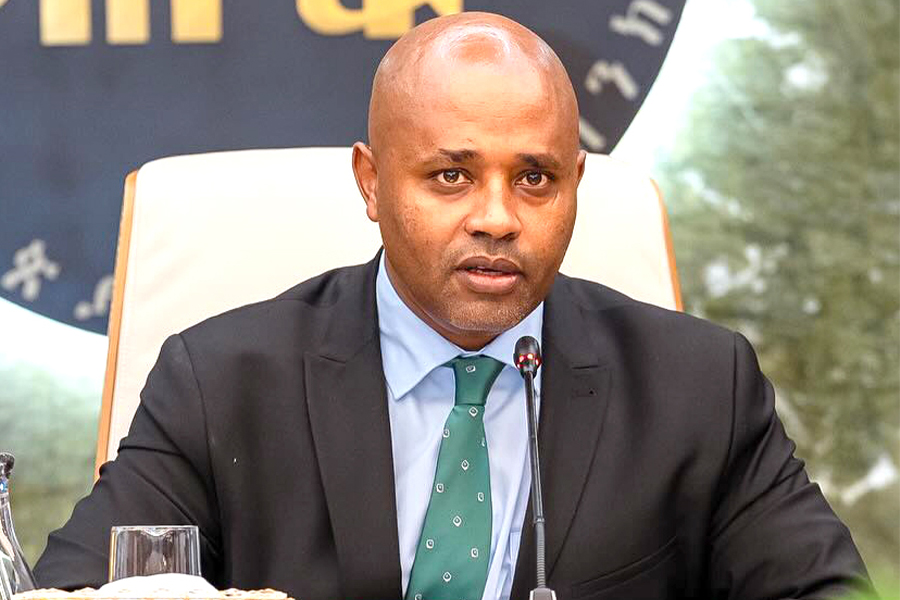
Oct 29 , 2025 . By NAHOM AYELE
The National Bank of Ethiopia (NBE) is preparing to issue a directive that will funda...
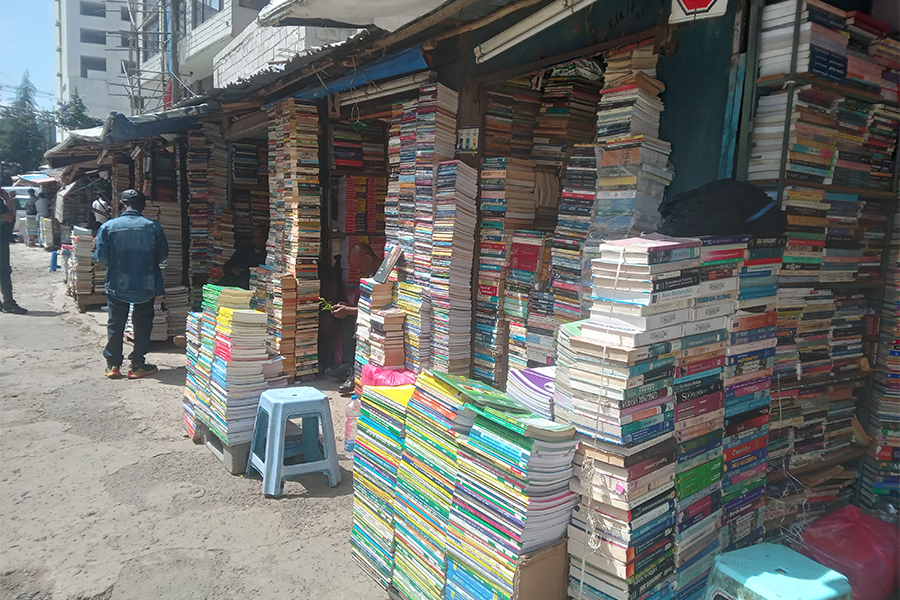
Oct 26 , 2025 . By SURAFEL MULUGETA
A community of booksellers shadowing the Ethiopian National Theatre has been jolted b...